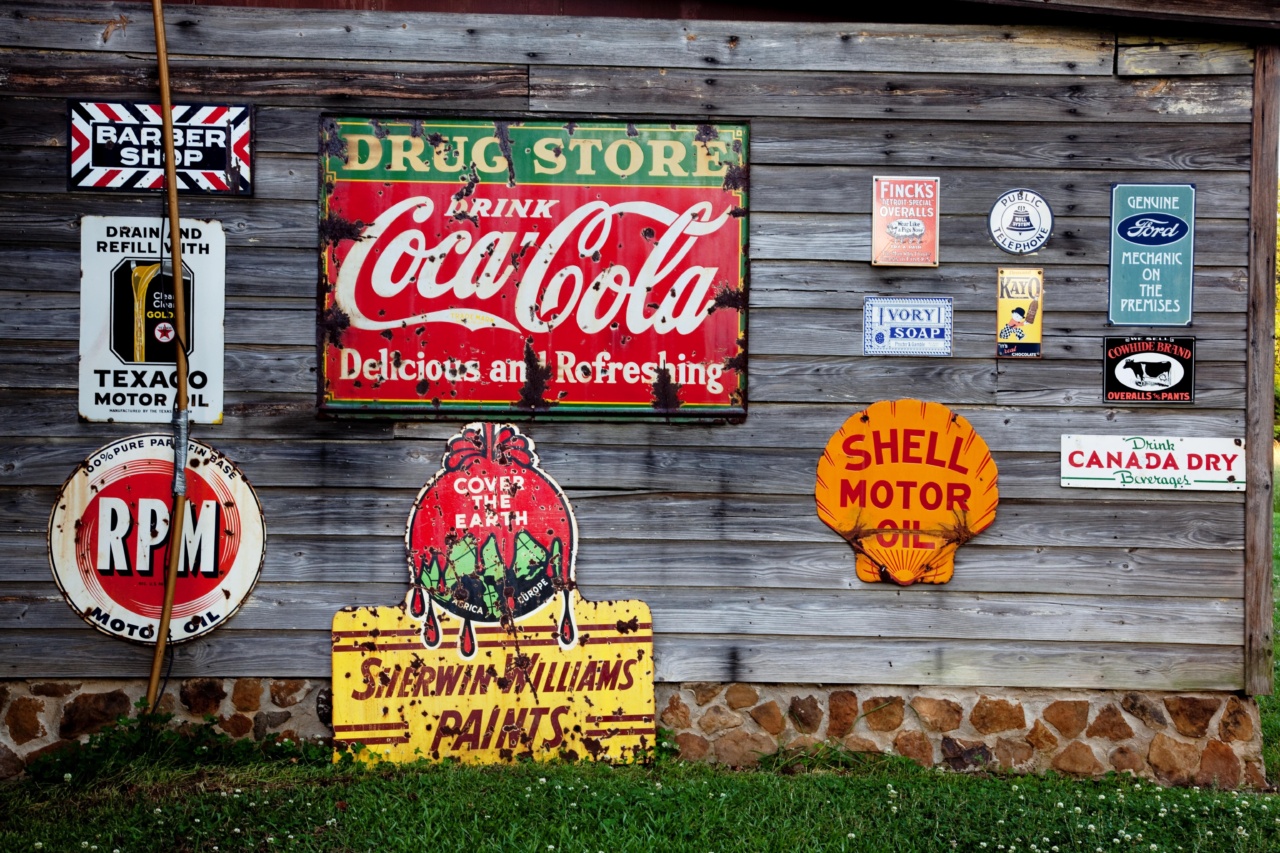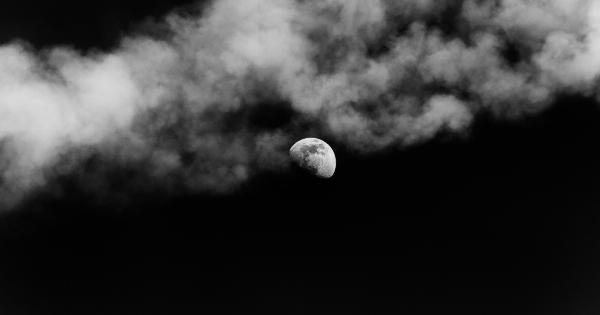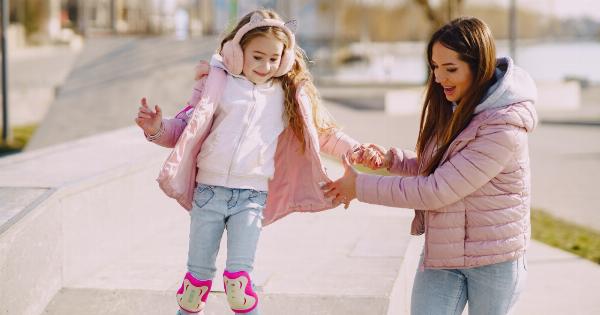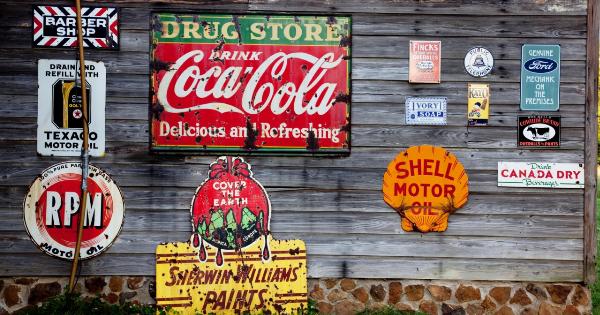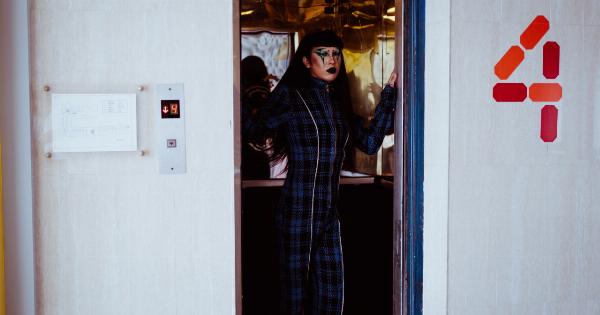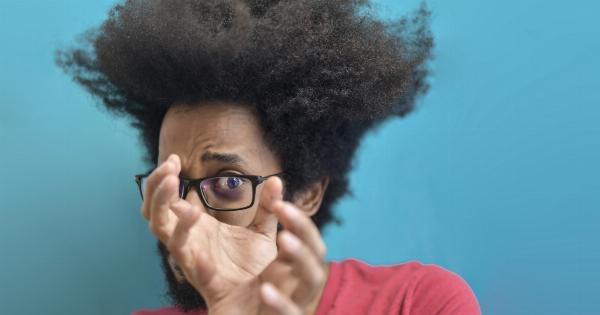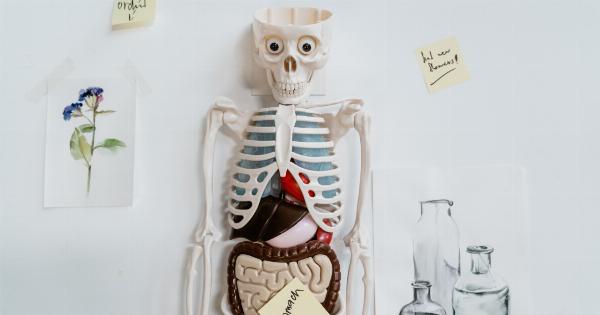As individuals age, they often encounter various signs of aging that society has stigmatized and stereotyped. The perception of these signs tends to be negative, resulting in considerable pressure to combat or conceal them.
However, it is essential to challenge these stereotypes and adopt a more inclusive perspective towards signs of aging. By doing so, we can promote self-acceptance, redefine beauty standards, and foster a positive attitude towards the natural aging process.
The Myth of Youthfulness
In many cultures, youthfulness is highly prized and equated with beauty, vitality, and success. This prevailing myth often leads to a denial or negation of the signs of aging.
People often feel compelled to maintain a youthful appearance through various means such as cosmetic procedures, skincare products, and lifestyle changes. However, this obsession with youthfulness perpetuates unrealistic beauty standards and reinforces ageist attitudes.
Redefining Beauty
It is crucial to redefine the concept of beauty to include the signs of aging. These signs, including wrinkles, grey hair, and age spots, are a badge of honor, indicating a life well-lived and experiences gained.
Embracing these signs as part of one’s beauty can significantly impact self-esteem and overall well-being. By challenging the traditional beauty standards and celebrating the diversity of signs of aging, we can promote inclusivity and self-acceptance.
The Role of Media
The media plays a significant role in shaping societal perceptions of beauty and aging. Advertisements, magazines, and movies often portray unrealistic and heavily edited images of youthful individuals.
These portrayals create an unattainable standard, contributing to the negative perception of signs of aging. By demanding more realistic and diverse representations, we can influence the media to portray aging in a more positive light.
Education and Awareness
Challenging stereotypes around signs of aging requires education and awareness. Many individuals are unaware of the impact of ageism and the potential harm caused by negative attitudes towards aging.
By promoting age-positive messages through various channels, including schools, community organizations, and social media platforms, we can raise awareness and foster a more inclusive society.
The Importance of Self-Acceptance
Social pressure to combat signs of aging often leads to feelings of inadequacy, low self-esteem, and self-doubt. However, cultivating self-acceptance is essential to challenge these stereotypes.
Recognizing the inherent value of each individual regardless of their age or appearance can lead to a more fulfilling and contented life. Practicing self-care and embracing one’s unique beauty can help combat the negative effects of societal pressures.
Changing the Narrative
In order to challenge stereotypes, it is necessary to change the narrative around signs of aging. Instead of associating them with decline or deterioration, signs of aging should be recognized as a natural and beautiful part of life.
This shift in perspective requires recognizing the diversity of experiences associated with aging and acknowledging the wisdom and resilience that comes with it.
Supporting Positive Aging
Communities and organizations can play a crucial role in supporting positive aging.
By providing resources, programs, and spaces that celebrate signs of aging, society can create an environment that fosters inclusivity and respect for individuals of all ages. Encouraging intergenerational connections and creating opportunities for shared experiences can help break down generational divides and challenge ageist attitudes.
Embracing Personal Growth
The signs of aging can also be seen as an opportunity for personal growth and self-reflection. As individuals age, they often gain wisdom, experience, and a deeper sense of self.
Embracing this transformative process can lead to personal fulfillment and a renewed sense of purpose. By shifting the focus from external appearances to personal growth, we can challenge stereotypes and redefine the aging narrative.
The Power of Representation
Representation in various fields, including media, advertising, and politics, can significantly impact societal attitudes towards signs of aging.
By amplifying the voices and stories of individuals of all ages and challenging ageist practices, we can create a more inclusive and equitable society. Representation serves as a powerful tool for challenging stereotypes and fostering acceptance.
Celebrating Aging
Ultimately, challenging stereotypes around signs of aging requires celebrating the entire aging process. Each sign of aging is a testament to the resilience and strength of an individual.
By embracing the signs of aging and promoting a positive narrative, we can create a society that values and cherishes every stage of life.
